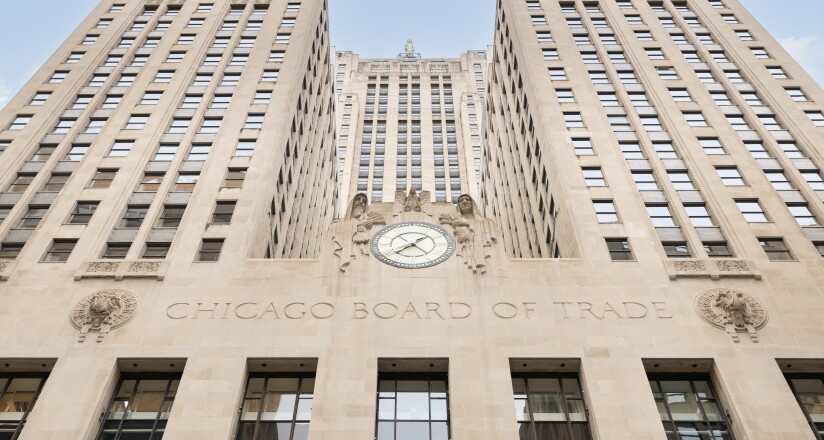History of Derivatives

In the same way that organised marketplaces – or exchanges – for the sale and purchase of physical commodities – grain, cattle and other goods – have been around for thousands of years, so too has the principle of ‘derivative’ contracts – based on an agreement today governing something that might happen to an underlying asset in the future.
Ancient origin of derivatives
Contracts for the future delivery of commodities are known to have been used in the Byzantine Empire in the Eastern Mediterranean and Western Europe. During the Renaissance, Italy had a very sophisticated financial markets ‘sector’ and in the 16th century, contracts for future delivery of securities became fairly widespread in Belgium and Amsterdam, spreading to England, France and Germany from the end of the seventeenth century.
There is also evidence of an organised derivatives exchange in Osaka – the epicentre of Japan’s rice trading activity, in the early 18th century – “rice bills” were issued that represented the right to take delivery of an agreed quantity of rice at a specified future date at a current price (a forward contract).
All wise rulers in all ages have valued cereals (i.e. rice) and despised money.
Japanese idiom from the 18th Century
Evidently, the concept of organised markets, and mitigating economic uncertainty relating to the buying and selling of commodities, is not new. The practice of creating organised exchanges utilising standard contracts relating to the purchase and sale of commodities, rather than customised agreements between individual counterparties, is, however, a rather more recent innovation originating in nineteenth century America.
The Chicago Board of Trade
America was at the pinnacle of economic progress and center of financial innovation. Particularly, it had a huge and widespread agricultural and farming industry growing crops and breeding animals for food. However, it was not always easy for individual farmers, or groups of farmer in particular regions, to secure buyers for the commodities they produced. The farmers came together to create an organised market called the Chicago Board of Trade (CBOT now CBOE) with the aim of creating a transparent market for the exchange of goods a fair value: The price for (value of) corn, say, was standardised, regardless of where and by whom it was grown, and who was buying it making it both easier to buy/sell and fairer to buyers/sellers.
CBOT proved quickly to be very effective and successful and led quickly to a ‘spinoff’ called the Chicago Mercantile Exchange (CME) and now merged, these exchanges remain at the forefront of exchange traded derivatives to the present day.

Following America’s lead, and in short order, other derivatives exchanges sprung up in other major financial centres around the world, and at the same time the number and range of exchange traded derivative instruments and associated contracts proliferated. This explosion in numbers of derivatives trading venues, instruments and trading volumes continues to this day. So too does OTC (off exchange) derivative trading activity; creating a veritable maze of complex financial instruments and contracts. Today, there is a derivative for pretty much everything, including derivatives of derivatives.

That is not to say that it has all been plain sailing. There have been a number of major financial crises in recent times where derivative trading and associated market exposures have triggered catastrophic financial market events and global economic consequences. Following the more recent financial crash in 2008, derivatives suffered a particularly bad press which caused something of a setback in their hitherto meteoric growth. That said, overall trading volumes and the rate of growth of the global derivatives market are at unprecedented and extraordinary levels and all evidence suggests this will continue to be the case in the foreseeable future as new markets, asset classes and instruments emerge.
Build a reliable and efficient data workflow fit for a complex world with our data solutions.





